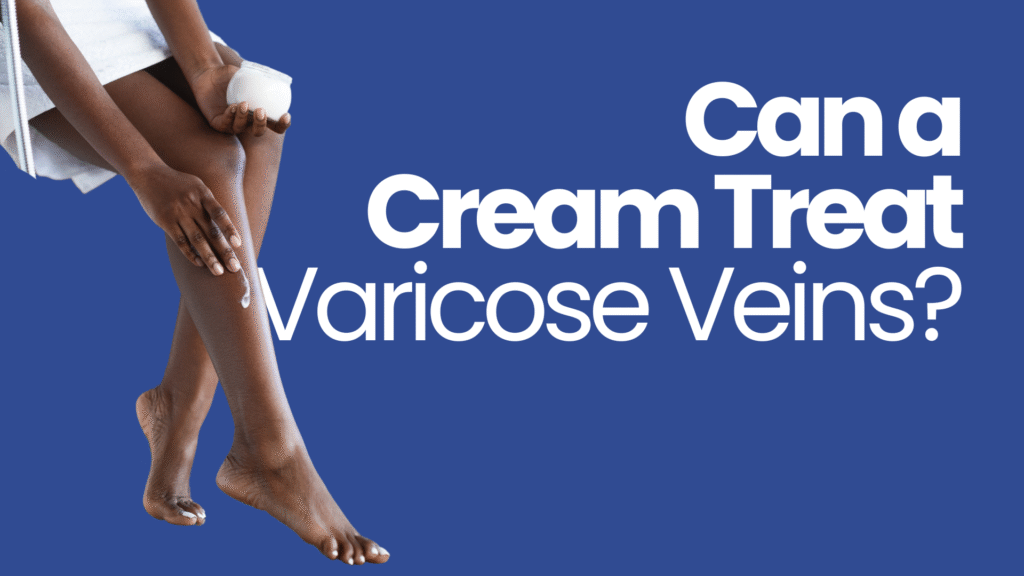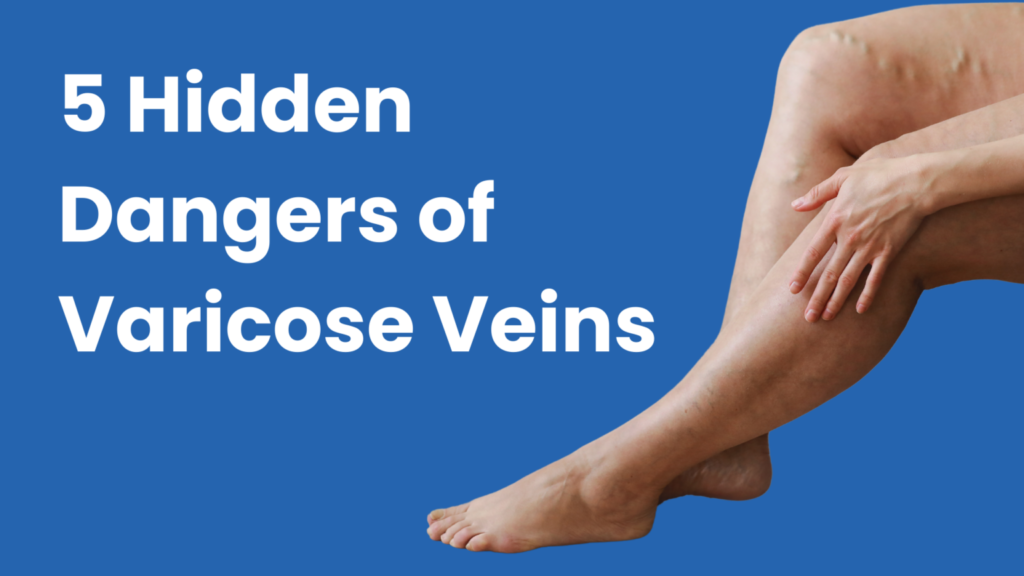You get to your dentist for regular cleanings, you screen on schedule for certain cancers, and you go to your primary care provider once a year for your annual physical. These are all fantastic preventive care practices, and we want to add an important one to the list — vein evaluations.
Whether you’ve already scheduled this critical visit with us here at Soffer Health Institute or you’re only contemplating it, Dr. Ariel Soffer and our team want to explain all we can accomplish during a vein evaluation.
Why a vein evaluation?
Your veins perform an incredibly important task — delivering blood back to your lungs and heart to pick up oxygen. The veins in your legs have a much tougher time accomplishing this work because they have to fight against gravity and distance to return the blood.
As a result, the veins in your legs are far more susceptible to venous disease, which includes:
- Varicose veins
- Spider veins
- Venous ulcers
- Chronic venous insufficiency (CVI)
- Deep vein thrombosis
To give you an idea about how common these issues are, up to 60% of adults in the United States have varicose or spider veins.
These surface veins are often the result of CVI, which affects between six and seven million people in the US. CVI is a condition in which the one-way valves in the veins in your legs weaken, hampering their ability to push blood back up to your heart efficiently.
Our point in describing these health problems is to give you an idea of the types of venous issues we look for during a vein evaluation. Our goal is to spot the early signs of a venous issue so we can act quickly to prevent larger problems.
For example, if we see signs of CVI, we help you take steps to avoid the common side effects of CVI, including varicose and spider veins, as well as more problematic venous ulcers.
During your vein evaluation
When you come in for your vein evaluation, we sit down with you to review your current health, your medical history, and your family history.
From there, we perform a visual examination of your legs to spot early signs of venous disease. Aside from the more obvious spider and varicose veins, venous issues can also cause discolorations in your skin or changes in the skin’s texture.
If we spot a potential problem, we can investigate further with more advanced diagnostic imaging, including a venous ultrasound or a venogram. With an ultrasound, we use sound waves to get a closer look at your blood vessels to detect blockages. With a venogram, we inject a dye into your veins and then use X-ray to assess the function of the veins.
The small amount of time you spend with us during your vein evaluation is time well spent, as we can help you stay one step ahead of venous disease.
If you have more questions or you’d like to schedule a vein evaluation if you haven’t already, contact one of our offices in Weston or Aventura, Florida.



